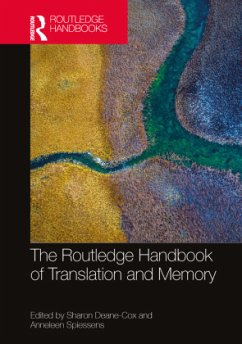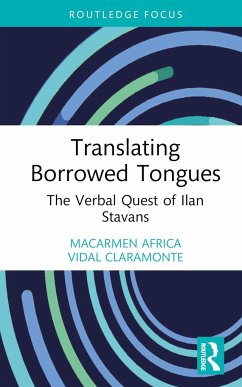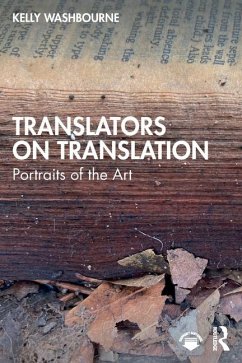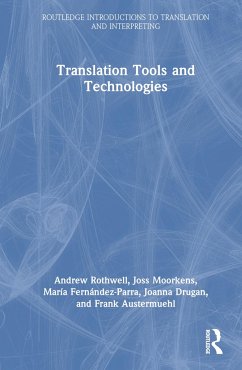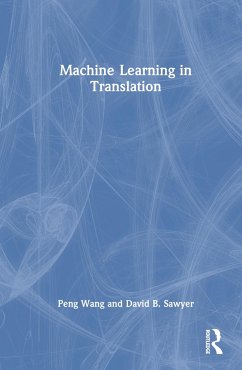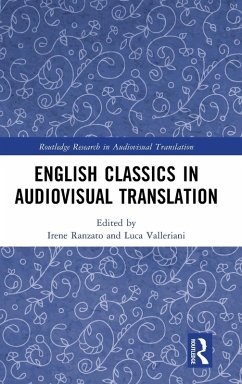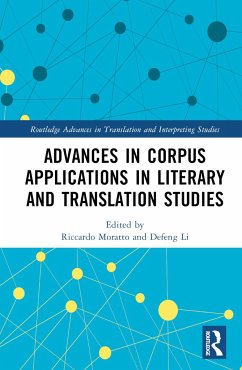
Hybrid Workflows in Translation
Integrating GenAI into Translator Training
Versandkostenfrei!
Versandfertig in 1-2 Wochen
67,99 €
inkl. MwSt.
Weitere Ausgaben:

PAYBACK Punkte
34 °P sammeln!
This concise volume serves as a valuable resource on understanding the integration and impact of generative AI (GenAI) and evolving technologies on translation workflows.





